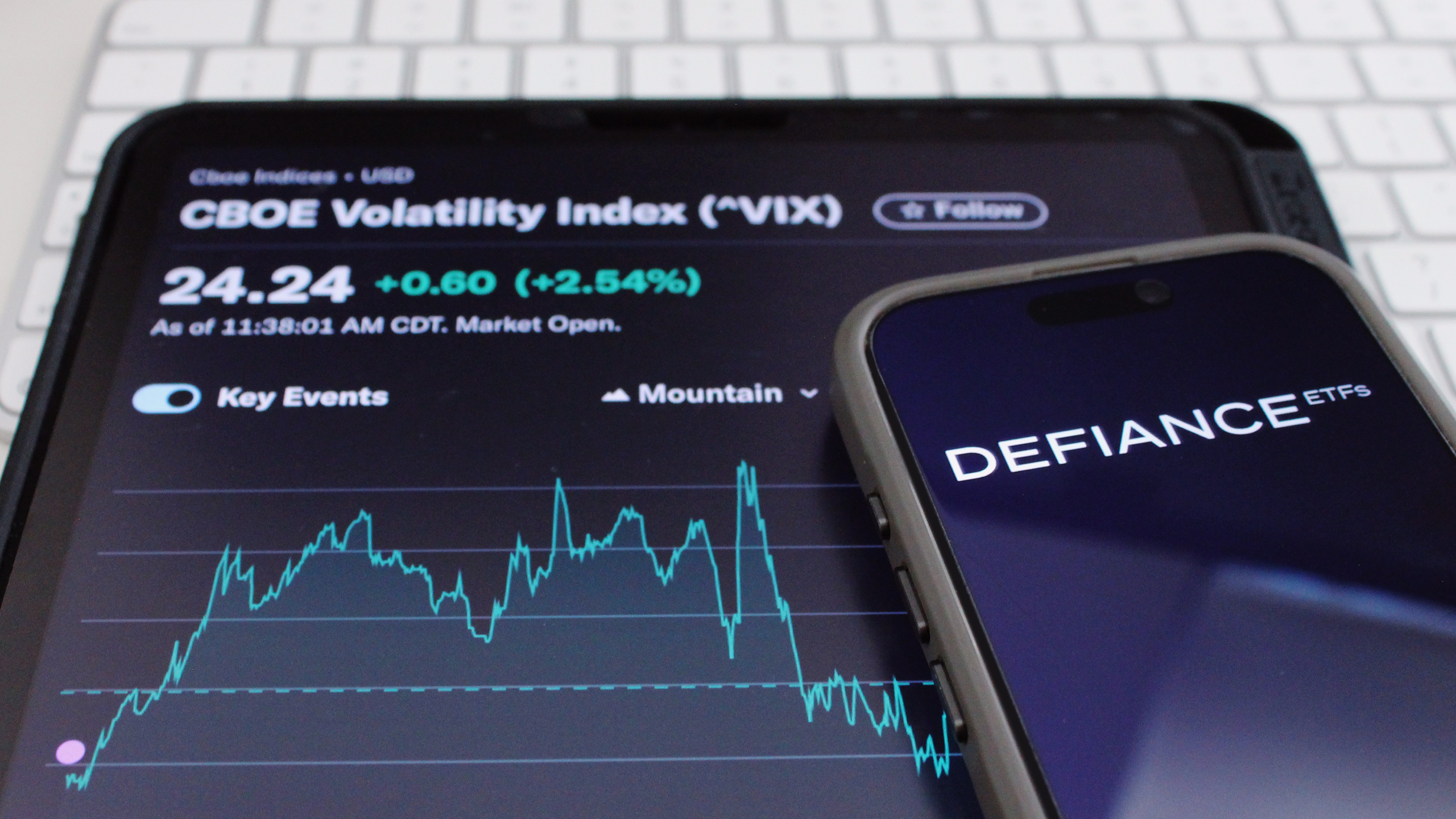Defiance to Launch 3 Volatility ETFs
Anxious investors are looking for potential hedges during all the economic uncertainty and issuers are going to deliver.

Sign up for exclusive news and analysis of the rapidly evolving ETF landscape.
There’s no need to fear, more VIX exchange-traded funds are here.
With equity markets still climbing out of a slump from February highs, asset managers are looking to CBOE’s Volatility Index — which measures the stock market’s volatility based on S&P 500 options and is often called the “fear gauge” — to understand investor sentiment. And with the VIX hitting about 40% so far this year, the economy can feel like a horror movie at times.
Defiance ETFs is launching three funds that track the VIX, according to a filing last week. The Defiance Vol Carry Hedged ETF seeks to generate income during periods of stable or declining market volatility. The Defiance Enhanced Short Vol ETF would employ a dual-structure that shorts the VIX and goes long on the S&P 500, while the Defiance Enhanced Long Vol ETF would do the opposite.
Anxious investors are looking for potential hedges and issuers are going to take advantage of that, but all the economic woes and uncertainty might just be a short-term environment. “After the rain, all the mosquitoes come out,” said Kash Ahmed, president of RIA American Private Wealth. “We’ve had a lot of volatility, and Wall Street is now peddling out products that cater to peoples’ fears.”
Fear Factor
Currently, some $3.1 billion is invested in VIX-focused ETFs, according to CFRA Research. And some of the larger funds have performed quite well this year:
- Both Barclays’ iPath Series B S&P 500 VIX Short-Term Futures ETN and the ProShares VIX Short-Term Futures ETF are up 35% year-to-date.
- Over that same time, however, those funds had $212 million and $118.5 million in outflows, respectively, according to VettaFi data.
Don’t Be Afraid. Volatility ETFs may be alluring, especially in the current environment, but are they the best option for investors? Specifically in the case of long VIX ETFs, they typically lose investors’ money, said Lan Anh Tran, manager research analyst for Morningstar. “Long-term track records on any long VIX futures ETFs can paint an obvious and painful picture: Most of them end up in the red after a year or two, losing as much as 70% of their value,” she told ETF Upside.











